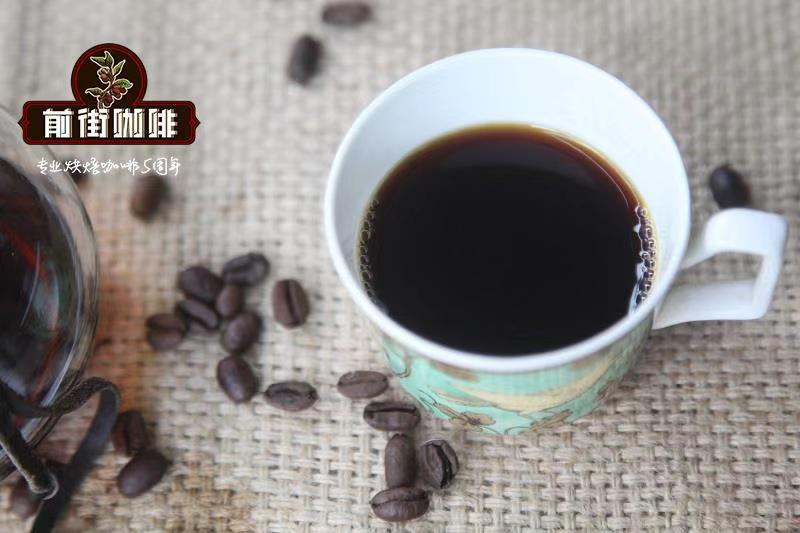What kind of Indonesian Coffee Brand? brief introduction of Indonesian delicious Coffee Brand

Professional coffee knowledge exchange more coffee bean information please follow the coffee workshop (Wechat official account cafe_style)
Introduction of Qianjie Indonesian Coffee Brand-Muscat Coffee
Civet coffee, also known as "Kopi Luwak", is made from the feces of the Indonesian coconut cat (also known as the coconut cat). After the civet eats the coffee beans, the coffee beans will ferment and shed their shells in its stomach. in addition, stomach digestion produces hormones and destroys proteins, the amino acids produced can reduce the original bitter taste of coffee beans, but also because coffee beans can not be digested. After cleaning, the excrement becomes the most valuable raw material.
According to Animal Protection, the origin of civet coffee can be traced back to the colonial era in Indonesia, when the Dutch government banned local people from eating and roasting coffee from coffee plantations, but stumbled upon the coffee beans discharged by wild civets after eating in the garden, and the news that they had very different delicacies ── went viral, making this coffee a favorite of tourists in recent years.
Over the years, the delicacy of civet coffee has become a legend, with tourists from all over the world flocking to taste the local famous extreme ──, which is difficult to replicate and more expensive to export, making Indonesian coffee farmers scramble to take advantage of this wave of tourism money and begin to invest heavily in the industry.
The coconut cat eats the coffee fruit and excretes the indigestible seeds. The beans wrapped in feces are washed and dried to become a priceless Kopi Luwak.
But now, it is hard to see the original Kopi Luwak. Today's Kopi Luwak comes mostly from wild coconut cats in cages, and they are generally kept in harsh conditions. A Japanese scientist recently claimed to have invented a way to tell whether coffee beans come from wild coconut cats or captive coconut cats, especially if he can tell whether coffee beans come from wild coconut cats or captive ones.
Many coffee companies around the world are still using the original story about wildlife digestion habits as a stunt to sell Kopi Luwak. Many companies claim that they can only collect 500kg Kopi Luwak a year. And use this scarcity to justify its high price (Kopi Luwak usually sells for $200,400 per kilogram, sometimes more). In fact, although exact figures are not available, I estimate that Kopi Luwak's annual global production is at least 50 tons, much more than that is possible. Now farmers in India, Vietnam, China and the Philippines have joined the production of Kopi Luwak.
END
Important Notice :
前街咖啡 FrontStreet Coffee has moved to new addredd:
FrontStreet Coffee Address: 315,Donghua East Road,GuangZhou
Tel:020 38364473
- Prev

What are the famous Indonesian coffee brands?
Professional coffee knowledge exchange more coffee bean information please follow the coffee workshop (Wechat official account cafe_style) Qianjie Indonesian coffee brand-civet coffee introduction Kopi Luwak is just another name for this kind of coffee, its official name is Kopi Luwak. Kopi means coffee in Indonesian, and Luwak refers to a wild animal called a civet. The origin of civet coffee is the most.
- Next

Which coffee brand is better in Ethiopia? the characteristics and flavor of Ethiopian coffee beans.
Professional coffee knowledge exchange more coffee bean information please follow the coffee workshop (Wechat official account cafe_style) the front street of Ethiopian coffee brand-Yega Xuefei Coffee introduces the growing environment of Ethiopian coffee Ethiopia has unique natural conditions, suitable for growing all imaginable coffee varieties. Ethiopian coffee beans as upland crop owners
Related
- Beginners will see the "Coffee pull flower" guide!
- What is the difference between ice blog purified milk and ordinary milk coffee?
- Why is the Philippines the largest producer of crops in Liberia?
- For coffee extraction, should the fine powder be retained?
- How does extracted espresso fill pressed powder? How much strength does it take to press the powder?
- How to make jasmine cold extract coffee? Is the jasmine + latte good?
- Will this little toy really make the coffee taste better? How does Lily Drip affect coffee extraction?
- Will the action of slapping the filter cup also affect coffee extraction?
- What's the difference between powder-to-water ratio and powder-to-liquid ratio?
- What is the Ethiopian local species? What does it have to do with Heirloom native species?

